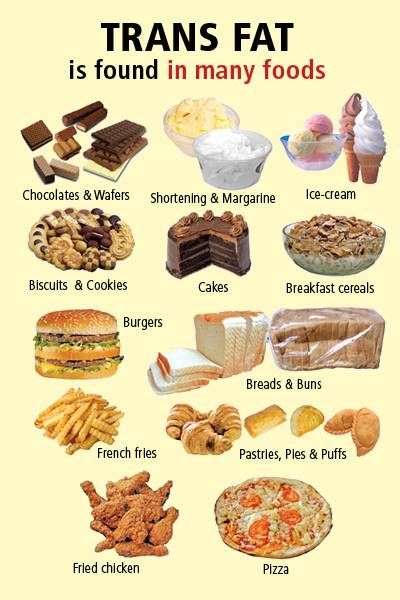What is Trans fat?
Trans fat is considered the worst type of fat we can eat. Unlike other dietary fats, it — also called trans-fatty acids — raises our “bad” cholesterol and also lowers our “good” cholesterol.
How it is different chemically from other fat?
Most trans fats are formed through an manufacturing process adding hydrogen to vegetable oil, which causes the oil to become solid at room temperature.

This partially hydrogenated oil does not get spoil easily, so foods made with it have a longer shelf life. Some restaurants use partially hydrogenated vegetable oil in their deep fryers, because it doesn’t have to be changed as often as do other oils.
What does it do to my health?
Trans fat increases “bad” cholesterol and lowers “good” cholesterol. Thus diet laden with trans fat increases our risk of heart disease, the leading killer of the current age. The more trans fat we eat, more becomes the risk of heart attacks, stroke and type 2 diabetes.
There are two main types of cholesterol:
- Low-density lipoprotein. LDL, or “bad,” cholesterol can build up in the walls of your arteries, making them hard and narrow.
- High-density lipoprotein. HDL, or “good,” cholesterol picks up excess cholesterol and takes it back to your liver.
If the fatty deposits within your arteries tear or rupture, a blood clot may form and block blood flow to a part of your heart, causing a heart attack; or to a part of your brain, causing a stroke.
Do we have natural Trans fat?
Some meat and dairy products have a small amount of naturally occurring trans fat. Unfortunately we do not know whether this naturally occurring trans fat has any benefits or harm, but by qualtity the amount is very small.
Which food we have more trans fat?
The manufactured form of trans fat, known as partially hydrogenated oil, may be found in many foods:
- Baked goods, such as cakes, cookies and pies
- Microwave popcorn
- Frozen pizza
- Refrigerated dough, such as biscuits and rolls
- Fried foods, including french fries, doughnuts and fried chicken
- Non-dairy coffee creamer
- Stick margarine
Does this mean all other fat in our good?
No, foods free of trans fats aren’t automatically good for us. Food makers may substitute other ingredients for trans fat that may not be healthy either. Some of these ingredients, such as tropical oils — coconut, palm kernel and palm oils — contain a lot of saturated fat.
Saturated fat raises your total cholesterol. In a healthy diet, about 20% to 35% of your total daily calories may come from fat. Try to keep saturated fat at less than 10% of your total daily calories.
Monounsaturated fat — found in olive, peanut and canola oils — is a healthier option than is saturated fat. Nuts, fish and other foods containing unsaturated omega-3 fatty acids are other good choices of foods with healthy fats, provided taken in small amounts.
What are authorities doing about it?
Trans fat is so unhealthy that the Food and Drug Administration has recently prohibited food manufacturers from adding the major source of artificial trans fat to foods and beverages. We believe this move will prevent thousands of heart attacks and deaths every year.
In the United States if a food has less than 0.5 grams of trans fat in a serving, the food label can read 0 grams trans fat. This hidden trans fat can add up quickly, especially if you eat several servings of multiple foods containing less than 0.5 grams a serving.
We need to do something like this in India.
Related Articles